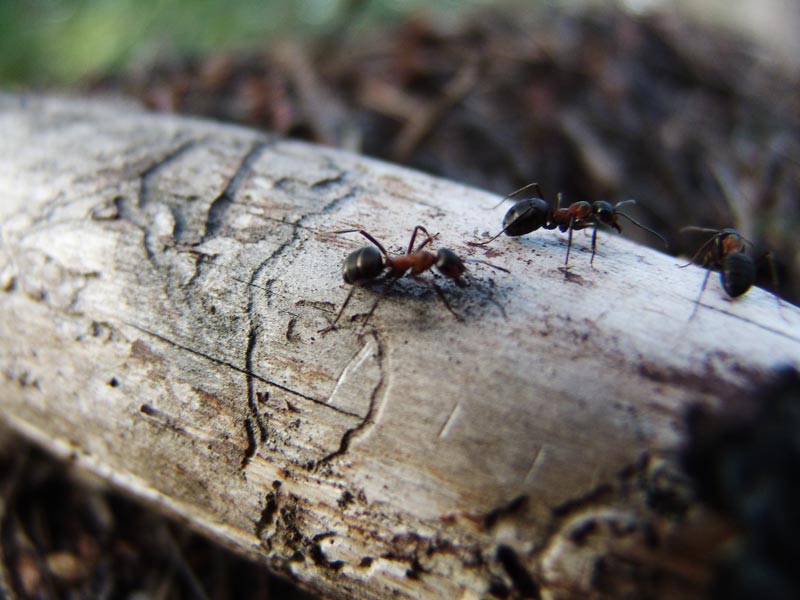Ants Teach Humans Sustainable Design
 |
| Photo by s.alt |
In a recently published article in The Journal of Insect Behavior, Marcela Cosarinsky and Bernardino Rivadavia of Buenos Aires conducted a study of the nest-ventilating turrets of yellow meadow ants to determine whether or not they were "built structures" or of accidental design. As explained by BBC Nature,
"the turrets, which jut out above the ants' expansive nests allowed air into the underground labyrinths. But this study is the first to show that the ants carefully construct the turrets with highly porous walls that are perfect for this exact job."
Professor Nigel Franks at Bristol University has been using medical CT scans to examine the brilliant and complex tunnels and ventilation systems the ants construct in order to regulate the temperatures of their colony.
 |
| 3-D CT scans showed the gradual construction of the nests (BBC). |
It is necessary for the ants to keep the temperature constant in order to grow a variety of fungus, which is then harvested, becoming one of the colony's main sources of nutrition. Traditionally the labyrinthine structures of the colonies could only be reveled by destroying the colony, pouring molten lead or enormous quantities of concrete into the vents. Afterward filling the subterranean structures like adding plaster to a molds, they were dug up to reveal their intricacy while killing every ant inside, as demonstrated in the video below.
Ants are not the only species of insect from which us humans can learn. Termites are also well-known, if not infamous, for their enormous mounds, some of which can reach towering heights of 9 meters or 30 feet. These ingenious architecturally designed colonies sprout up across the world's savannas. In this video by the BBC, David Attenborough explains the ventilation of the termite mounds, and of particular importance, the amazing nature of the porous walls.
 |
| The Eastgate Center in Zimbabwe mimics the air-conditioning of termite mounds (Inhabitat). |
As impressive as Pearce's design might be, I think this technology needs to be scaled up. I'm imagining ant and termite-like structures, 1000 meters high. I'm envisioning towering mountains not dissimilar to the Netherlands' artificial mountain. But my vision is unlike this hallow mountain and also the Tempelhof Mountain, proposed to be built on the now defunct Templehof airport.
 |
| Artificial mountain by lumine.nl |
I see making these man-made mountains as functioning colonies with subterranean factories; internalized systems of agriculture and aquaculture powered by underground geothermal energy plants; a series of tunnels crisscrossing the inside of the mountain transporting people and goods on electromagnetic trains and elevators. I'm dreaming of cliff-side dwellings and restaurants and a mountainside densely forested, each plant chosen to assist in the maintenance of a healthy ecosystem. We've still got a lot to learn from the humble insects of the world. Janine Benyus got it right when she said the natural world has an endless bounty of "well-adapted designs...tested over 3.8 billion years." Sometimes the best lessons come from the smallest teachers.
